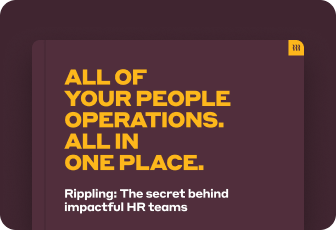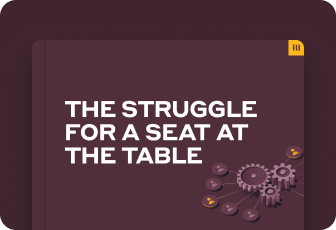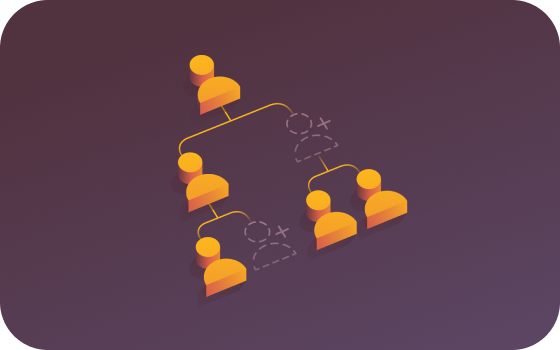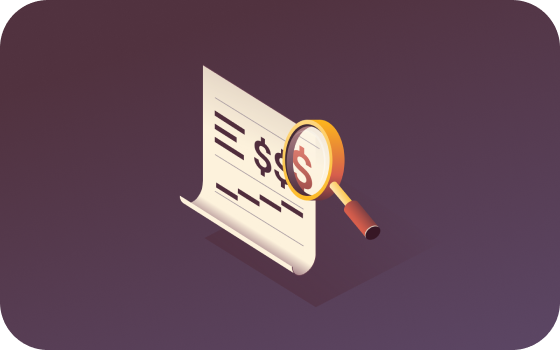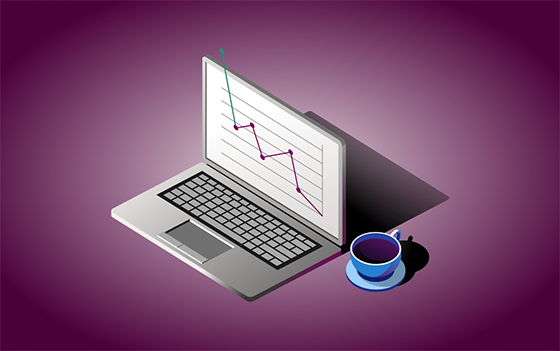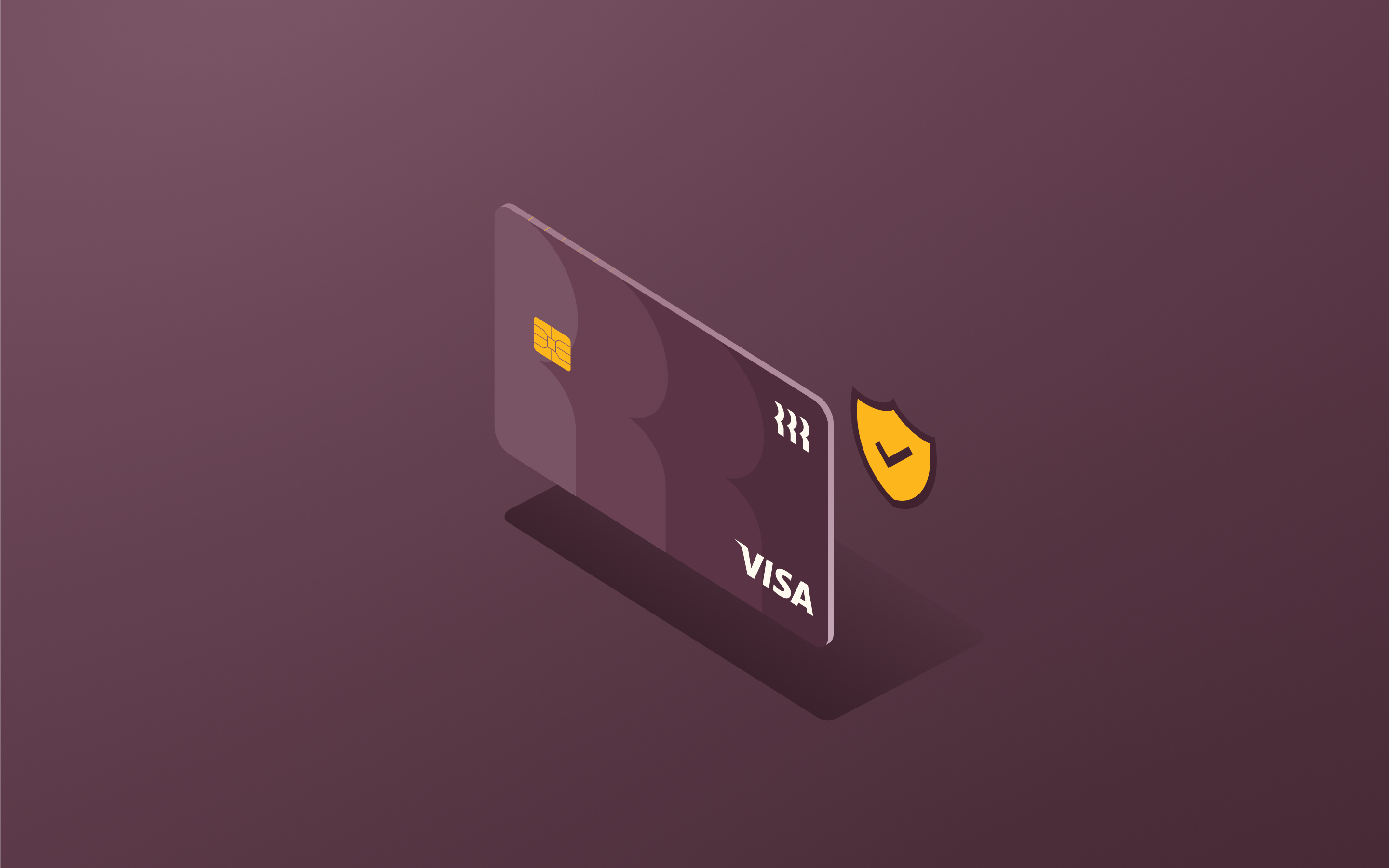SAP vs. Salesforce: Which is the best choice for your business?
In this article
Picking the right customer relationship management (CRM) system can be a big decision. It affects how your business tracks leads, handles customer data, and keeps sales and marketing moving. Make the wrong choice, and things might end up falling through the cracks. Get it right, however, and your team can run smoother with a lot less manual work.
SAP and Salesforce are two CRM considerations. But they’re not interchangeable. One is part of a broader ERP system. The other has more of a focus on sales, marketing, and customer service. In this article, we explain exactly what each platform does, how they work, and what you need to know before choosing one for your team.
What is SAP?
SAP runs as a business software platform. Most people know it as an enterprise resource planning (ERP) system, but it also includes CRM features. So if you’re wondering, “Is SAP a CRM?” — kind of. CRM makes up one part of the system, but it doesn’t lead the way.
Many companies use SAP to run core business functions like finance, supply chain, procurement, manufacturing, and HR. Large organizations may lean on it to connect different departments and systems under one roof.
SAP’s CRM tools handle things like customer data, sales workflows, and service requests. Some businesses use these tools on their own, but most link them with other SAP modules as part of a full ERP setup.
You’ll mostly see SAP in companies that need tight control over internal operations, especially in manufacturing, logistics, finance, and enterprise planning.
What is Salesforce?
Salesforce runs as a cloud-based CRM platform. It focuses on helping sales, marketing, and service teams manage customer relationships and workflows in one place. Everything lives in the cloud, so teams can log in and get to work from anywhere.
Salesforce started with sales automation. Now it also covers lead tracking, email campaigns, support tickets, and customer data management. Businesses typically use it to track deals, run marketing campaigns, manage service requests, and connect with customers across multiple channels.
Most teams that use Salesforce do so to bring all their customer-facing work into one system. It's usually most suited to companies that want a dedicated CRM tool, especially if their focus is on scaling sales, marketing, or service teams.
SAP key features
SAP includes a range of tools that go beyond CRM. Below are some of the key features:
AI and machine learning capabilities
SAP builds AI and machine learning into many parts of its CRM solution and ERP software. This can help businesses forecast demand, detect issues early, and automate routine tasks. For example, supply chain teams can use predictive analytics to avoid delays or shortages before they happen.
Flexible configuration and customization
SAP gives businesses control over how the system works. You can set it up to match your workflows, data needs, and industry standards. Whether you're handling manufacturing schedules or HR approvals, you can usually tweak the system to fit. That flexibility comes with some complexity, though, as setting things up can take time and technical know-how.
Advanced data management and analytics
SAP collects and stores data across different business functions, like finance, supply chain, HR, and customer records. It centralizes that information so teams don’t have to jump between disconnected systems. Users can run reports and view activity across departments in real time, which can help with tracking and compliance.
Security and compliance features
SAP includes tools for managing security and staying compliant with industry rules. You can control who sees what, track changes, and audit everything that happens in the system. This matters for businesses dealing with sensitive data, like finance, payroll, or customer records. SAP also updates its platform regularly to help businesses stay aligned with global compliance standards.
Salesforce key features
Salesforce is a CRM solution. Below are some of the core features that shape how the platform works:
Comprehensive CRM functionality
Salesforce CRM software tracks leads, sales activity, and customer details in one place. Sales teams generally use it to manage pipelines, follow up with contacts, and track deal progress. Marketing and support teams can access the same customer records, which helps with coordination across departments.
ERP and business operations
Salesforce includes tools for quoting, invoicing, and order management. Some businesses use it to handle light ERP tasks like inventory tracking or contract approvals. But the system doesn’t replace a full ERP. It covers parts of operations but not end-to-end processes like manufacturing or finance.
Extensive customization and app ecosystem
Salesforce gives users access to AppExchange, which includes thousands of third-party apps and integrations. Teams can build custom workflows or dashboards without touching code or work with developers to make more complex changes. That flexibility can help businesses tailor the system to match their exact processes.
Scalability and cloud-based deployment
Salesforce runs fully in the cloud. Teams can log in from anywhere and scale up without installing hardware or maintaining servers. The platform supports businesses of different sizes, from small teams to large enterprises, without needing a separate version or upgrade.
SAP vs Salesforce: Pros and cons
SAP and Salesforce serve different business needs. One leans toward full-scale operations and back-end systems. The other focuses on front-end customer management. Here’s how they stack up:
SAP
Pros
Strong ERP capabilities for complex business operations: SAP handles large-scale workflows across departments like finance, HR, procurement, and logistics. It's generally a suitable fit for businesses that need one system to run all internal operations.
Deep integration with supply chain and financial systems: Businesses can link inventory, budgets, and production planning in one place. This can help teams work with real-time data across functions.
Highly customizable for industries like manufacturing, retail, and finance: Businesses can shape the platform to match industry-specific workflows. Many build out custom modules to meet compliance rules or internal processes.
Cons
Steep learning curve and high implementation costs: Businesses often rely on consultants or in-house specialists to set it up. Training costs add up before teams can use it effectively.
Ongoing costs beyond the initial setup: The total cost includes licensing, system maintenance, and long-term support. Over time, these extra costs can add up fast, especially for large teams.
Unreliable system performance at times: Some businesses report slow load times or occasional crashes during day-to-day use. These delays can interrupt work and affect productivity.
Salesforce
Pros
User-friendly CRM with advanced sales and marketing automation: Businesses can use Salesforce's CRM solution to manage contacts, deals, and campaigns in one place. Sales and marketing teams work from the same data.
Flexible cloud-based solutions with AI-powered analytics: Businesses can access Salesforce from anywhere. Built-in tools can help teams track customer behavior and sales activity.
Comprehensive CRM for the full customer lifecycle: Businesses can use Salesforce for front-end work like lead tracking and support. It focuses on the full customer lifecycle across channels.
Cons
Limited ERP functionality compared to SAP: Businesses still need separate tools to manage finance, HR, and supply chain. Salesforce CRM doesn’t offer a full ERP setup.
Complex and resource-intensive implementation: Many businesses report struggling to get Salesforce up and running without strong internal IT support. Smaller teams mention running into delays or configuration issues early on.
Dated and clunky overall look and feel: Users say the interface feels old, the system runs slowly at times, and keeping it updated takes effort. The day-to-day experience can feel frustrating for teams that just want to get in and get things done.
Main differences between SAP and Salesforce
SAP and Salesforce both offer CRM software, but they approach them very differently. These differences affect how businesses use, set up, and scale each CRM platform. Here’s where the biggest gaps show up:
Deployment model
SAP CRM can run on-premise, in the cloud, or in a hybrid setup. Businesses often choose the on-premise option when they need more control over infrastructure. But unlike SAP, Salesforce CRM only runs in the cloud. Businesses that want a cloud-first setup without managing hardware may lean toward Salesforce’s model.
Integration capabilities
As mentioned, Salesforce connects easily with many apps through AppExchange and third-party tools. SAP also supports integrations, but many require deeper technical setup or custom development. When it comes to Salesforce vs SAP integrations, businesses often find Salesforce faster to connect out of the box, while SAP typically ties in with other native SAP tools more tightly.
Customization
Both platforms offer customization, but the approach and complexity differ. Salesforce lets teams build custom workflows, fields, and dashboards through a no-code interface or developer tools. SAP allows deep customization too, but businesses usually need technical resources or consultants to build and maintain them.
Ease of use
Salesforce's CRM software has a more modern interface and focuses on front-end teams like sales and marketing. Businesses report that teams can usually start using basic features with less training. SAP CRM includes more advanced functions across departments, but that also makes the system harder to learn and navigate day to day.
SAP use cases
SAP supports a range of business functions. The businesses that use it often do so to connect different teams and systems into one platform. Here are some of the ways businesses may apply it:
Enterprise resource planning (ERP) for large organizations
Businesses may use SAP ERP to centralize operations across finance, HR, procurement, and production. It can help manage internal workflows across multiple locations and teams. Large organizations may run core functions through SAP to keep data consistent and reduce system sprawl.
Supply chain management and logistics optimization
SAP CRM supports real-time tracking across supply chain stages. Businesses can use it to manage inventory levels, order fulfillment, and supplier coordination. It can help reduce bottlenecks and increase visibility across logistics.
Financial management and accounting
SAP includes tools for general ledger management, reporting, and financial planning. Businesses might use it to manage transactions, budgeting, and compliance in one system. It also supports multi-currency and multi-entity structures, which some global teams need.
Human capital management (HCM) and payroll
SAP's HCM includes tools for managing employee records, payroll, and time tracking. Businesses can use it to manage onboarding, leave, compensation, and workforce planning. It can also connect with finance to track labor costs.
Salesforce use cases
Salesforce focuses on customer-facing teams and processes. Businesses typically use it to manage sales, marketing, service, and partner relationships in one place. Here are some of the more common use cases:
Customer relationship management (CRM) for sales teams
Sales teams can use Salesforce to manage contacts, deals, and pipelines. It can help with tracking lead sources, setting reminders, and following up on deals. Managers can monitor team activity and performance using built-in dashboards.
Marketing automation and customer engagement
Salesforce supports automated email journeys, lead scoring, and campaign tracking. Marketing teams can use it to run targeted campaigns and measure results in real time. Customer data from other departments can feed into these campaigns for better segmentation.
Customer service and support with AI integration
Support teams can use Salesforce to manage tickets, respond to requests, and track issue history. AI tools can suggest responses or route cases automatically. Teams can also log calls, chats, and emails in one view.
E-commerce and partner relationship management
Salesforce can connect with e-commerce platforms and third-party sellers. Businesses can use it to manage online transactions, partner onboarding, and reseller communication. It can centralize data and workflows between internal teams and external partners.
Streamline business operations with Rippling
CRM software helps keep track of your customers. But what about your employees? As businesses grow, they need more than sales tools. They need a system that helps manage people, processes, and departments across the board.
Rippling brings HR, IT, payroll, finance and operations together in one place. It’s a single workforce management platform that can help you manage payroll, benefits, devices, app access, expenses, and more, all from one system. Teams don’t have to switch between disconnected tools or enter the same data over and over.
With Rippling, large businesses can automate every part of employee management. You can onboard a new hire, ship their laptop, set up their apps, run their first paycheck, and track expenses, all in one workflow. Data updates automatically across systems, so teams don’t miss key details or lose track of important changes.
If you’re trying to scale without the usual mess, Rippling keeps everything connected and easy to manage.
SAP CRM vs Salesforce FAQs
What is SAP CRM?
SAP CRM is the customer relationship management software within the larger SAP ERP system. It includes tools for sales, service, and marketing, but those features sit alongside SAP’s other core modules like finance, supply chain, and HR. Businesses might use SAP CRM when they need to connect customer data with back-end operations. Some also pair it with tools like SAP Concur to manage travel and expense reporting in the same ecosystem.
Is Salesforce better than SAP?
That depends on what the business needs. Salesforce focuses on front-end teams like sales, marketing, and support. SAP covers a wider range of operational functions. One isn’t a better version of the other. They solve different problems.
Can Salesforce replace SAP?
Not fully. Salesforce covers CRM functions like lead tracking, campaign management, and customer service. It doesn’t include ERP tools like payroll, manufacturing, or financial reporting, so most businesses still need separate systems for those areas.
Which industries benefit most from SAP vs. Salesforce?
Industries with complex supply chains and back-office operations, like manufacturing, logistics, and retail, may lean toward SAP. Sales-heavy industries, like SaaS, consulting, or media, may use Salesforce to manage customer pipelines, campaigns, and support. The choice depends on how each business runs day to day.
What is Sales Cloud?
Can you use Expensify as a CRM?
No. Expensify isn’t a CRM. It’s built for expense tracking, not customer management. You can use it to manage things like receipts, reimbursements, and corporate card spend. But it doesn’t track leads, sales pipelines, or customer interactions like a CRM does.
Disclaimer
Rippling and its affiliates do not provide tax, accounting, or legal advice. This material has been prepared for informational purposes only, and is not intended to provide or be relied on for tax, accounting, or legal advice. You should consult your own tax, accounting, and legal advisors before engaging in any related activities or transactions.
Hubs
Author

Vanessa Kahkesh
Content Marketing Manager, HR
Vanessa Kahkesh is a content marketer for HR passionate about shaping conversations at the intersection of people, strategy, and workplace culture. At Rippling, she leads the creation of HR-focused content. Vanessa honed her marketing, storytelling, and growth skills through roles in product marketing, community-building, and startup ventures. She worked on the product marketing team at Replit and was the founder of STUDENTpreneurs, a global community platform for student founders. Her multidisciplinary experience — combining narrative, brand, and operations — gives her a unique lens into HR content: she effectively bridges the technical side of HR with the human stories behind them.
Explore more
See Rippling in action
Increase savings, automate busy work, and make better decisions by managing HR, IT, and Finance in one place.












